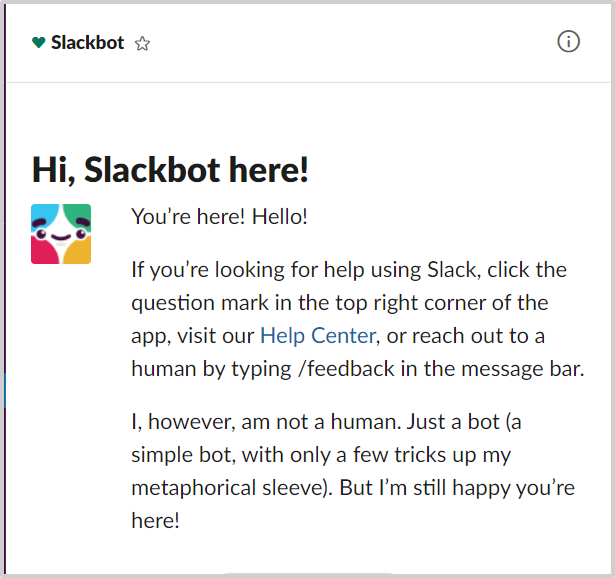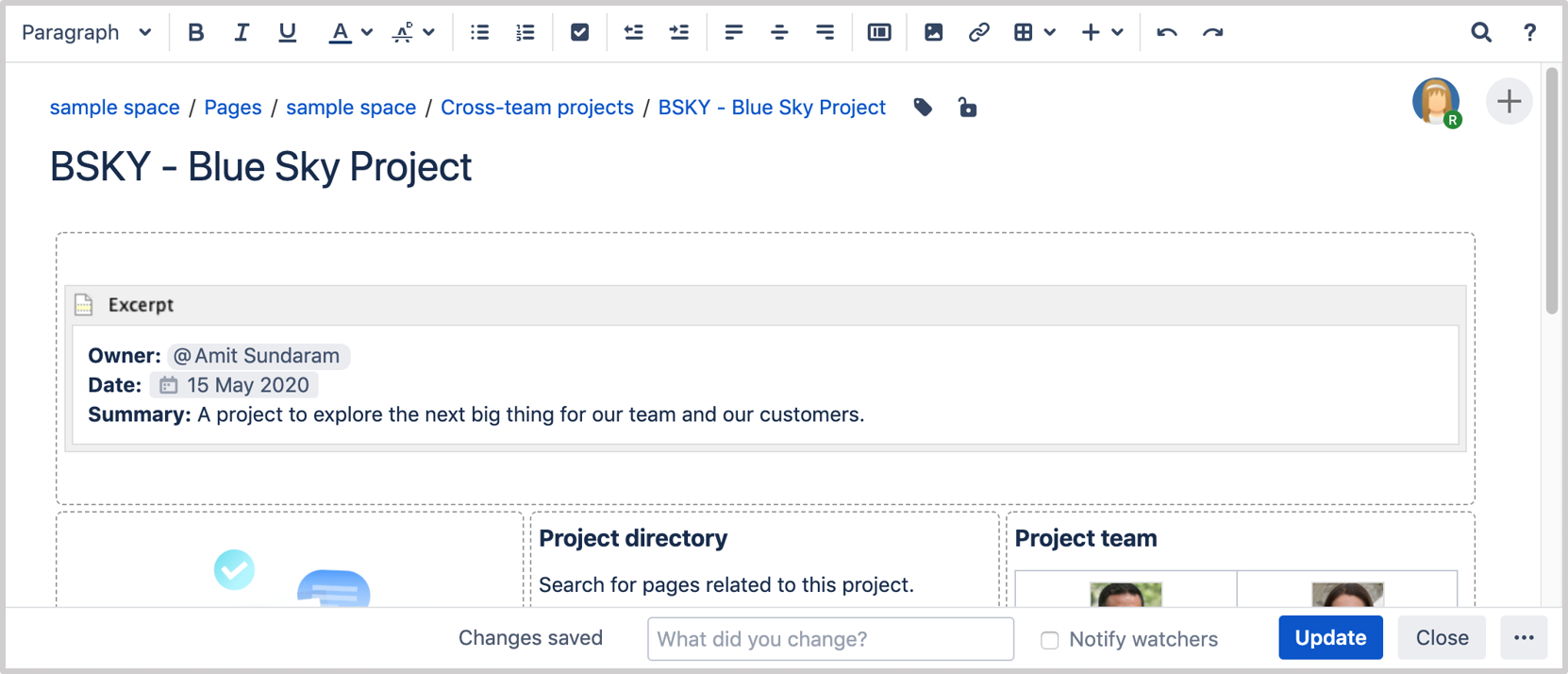Here we have compiled a list of services that help us organize processes and communication in a team. We will briefly describe what functions the tools perform and which options we like the most.
Communication
1. Slack
This is a kind of virtual office. Slack allows you to conveniently conduct business correspondence and communicate on any other topics. For each thematic chat, you can create separate channels, assemble participants into groups, easily control access, and conveniently configure the notification system. One of the main advantages is the integration with other tools. For example, you can create a bot that will forward Jira or Trello changes to the desired chat. We also use bots for a time tracker and for integration on projects with GitLab, as well as Sentry and BugHerd bug monitoring services. Slackbot reminds us of important messages or events. You can also configure applications for integration, for example with a calendar, and receive a meeting reminder every morning.

2. Google Calendar
A calendar is a must in communication. Among the important functions are the exchange of calendars in the team, the creation of different calendars for corporate events and work projects, the ability to set recurring events, the flexible setting of notifications with integration into instant messengers, and the automatic generation of a call link to Google Meet.
3. Google Meet
We use this platform for video calls the most. It has all the necessary functionality, such as joining a conference directly from the calendar, screen demonstration, file sharing, and a dial-in phone number for inclusion with a smartphone. We also like the simple and intuitive interface.
4. Slack calls
We use Slack for one-on-one calls to discuss quick questions without prior planning and preparing an agenda.
5. Zoom
We only make calls with Zoom when a video of a meeting is needed. In general, the functionality is very similar to Meet, but Zoom has an extremely inconvenient interface.
6. Gmail
Email acts as an auxiliary element for communication. Using Gmail, we exchange documents with clients and send invoices. We also accept requests from potential customers.
Organization of processes and documentation storage
1. Asana
It makes it possible to create, distribute, and group tasks into projects. Here you can communicate in the chat of each task and attach files, for example from Google Drive. Also, in Asana there are functions for a calendar, a panel of projects, and a to-do list option. We use this tool to create a roadmap. And for project and time management, we use our own services.
2. Google Sheets
We create an internal roadmap in spreadsheets, which are available only to team members. It’s convenient that you can use offline access and user filters, so modifying the tables for yourself will not affect the rest of the team.
3. HubSpot
This is a large system that solves the problems of sales and marketing. We use it to maintain a base of potential customers. This CRM allows you to maintain a database of contacts, organizations, and transactions, receive customer requests through the site, track the history of their actions on the site, find out where they came from, and much more. HubSpot integrates with many services: Mailchimp, Slack, Facebook Ads, Zapier, Salesforce, and others.
4. Confluence
This is a wiki system that allows you to create an internal portal and repository for team work on documentation. Here you can organize a convenient structure and navigation, an unlimited number of spaces and pages, where the search works well. Many plugins are also available to expand the functionality, and integration with other applications is possible.
We especially like the Excerpt macro, which allows you to place a piece of text from one page on another or several at once. This is convenient since you do not need to skip between pages and add links to get the necessary information. In this case, changes in the original fragment will automatically be displayed in subsequent copies on other pages.

5. Google Drive
We store customer documentation and other internal company documents here.
How to organize remote work
A short list of advantages that remote work offers with well-established processes.
1. Organizing a workplace and timetable
How to strike a balance between work and personal life. What you need to consider when choosing and creating a workplace.
2. Organizing communication
The principles of virtual communication and video meetings. How to use the calendar and organize calls and correspondence in order to interact effectively.
3. Project management and goal setting
Planning, setting, and completing tasks. How to describe correctly and where it is better to store tasks.
4. Document management
Who creates the documents and why. Organization of a knowledge base and rules for storing documentation.